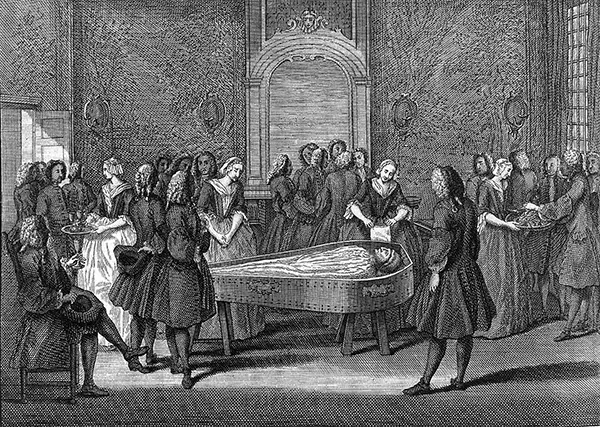The medieval practice of “sin eating” was a ritual that was performed in some parts of medieval Europe, particularly in England. The idea behind sin eating was that the sins of a deceased person could be transferred to another person through the act of eating.
At a funeral, a person known as a “sin eater” would be hired to attend the wake of the deceased. They would be given a meal, typically bread and ale, which they would consume in front of the deceased’s family and friends. The sin eater would then symbolically take on the sins of the deceased, allowing them to enter the afterlife with a clean slate.The exact origins of sin eating are unclear, but it was likely a pagan practice that was adapted by Christian communities. The practice was often associated with poverty, as sin eaters were often individuals who were unable to find other work. In some cases, sin eating was seen as a last resort for families who could not afford a proper funeral or the services of a priest.
Sin eating was widely condemned by the church, and by the 16th century it had largely fallen out of use. However, the ritual continued to be practiced in some isolated communities until the 19th century.Today, sin eating is remembered as a bizarre and little-known chapter in the history of European funeral customs.










